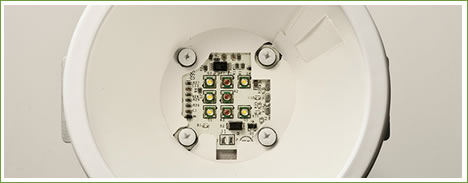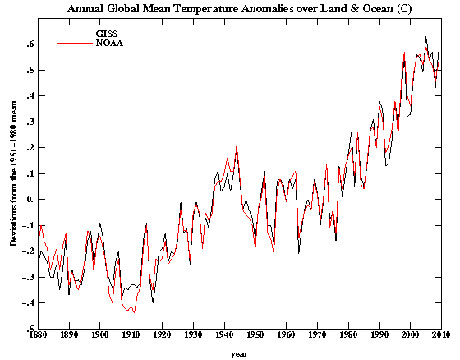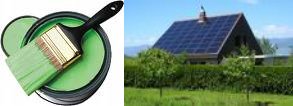LED Improvements Will Speed Marketshare
Wednesday, April 7, 2010, 09:37 PM
Posted by Administrator

As you may already know, it has been a few years since Philips dropped research into fluorescent technology in order to put it all into LED. This should make it very clear that LED is likely the next big thing in lighting.
Cree is a leader, if not "the" leader, in LED technology. As a leader in both product quality as well as light quality, you will find Cree LED's in many high end LED fixtures and devices.
Recently Cree has adapted a new contender for the lighting market, the LRM4 line of LED modules. Everything is included, so the manufacturers of the light fixtures don't have to be experts in semiconductors to make it work.
The LRM4 is also the debut of Cree's new "True White" lighting technology. By combining specially tuned red and yellow LEDs (you can actually see them in the image above) Cree is able to match the warm light from a 65 watt incandescent bulb quite well. Other advantages over fluorescent lights include longer lifespan (over 12 years before the bulb maximum output drops more than 70%) full dimming capability and even higher efficiency.
Of course, the disadvantage is likely to be the price, which Cree wouldn't disclose in a recent interview.
The lights are directional, so they're only suitable for directional lighting applications like in-ceiling lighting and desk lamps. The modules will be built into various designs by manufacturers and then those products will be available for sale "soon," probably at specialty lighting stores first.
Eventually, these lights will be arranged in diffusers, or other mounting situations that will allow a more disbursed light. For now, the spot is the only option.
There is a lot more involved with spreading the light of an LED, as the nature of a Light Emitting Diode Semiconductor is to release light in a single coherent pattern. Lasers are made from LED for this reason. As light is diffused or spread out, the brightness drops greatly. This makes an interesting puzzle for LED manufacturers and designers. The challenge is to light more area without simply adding an array of LED's and at the same time without losing a significant amount of light with reflectors or filters. Cree and others are getting very good at this.
Keep your eye out for quality LED lighting to work its way into your life very soon.
Click here for the DOE LED description, it is short and clear.





 Calendar
Calendar




